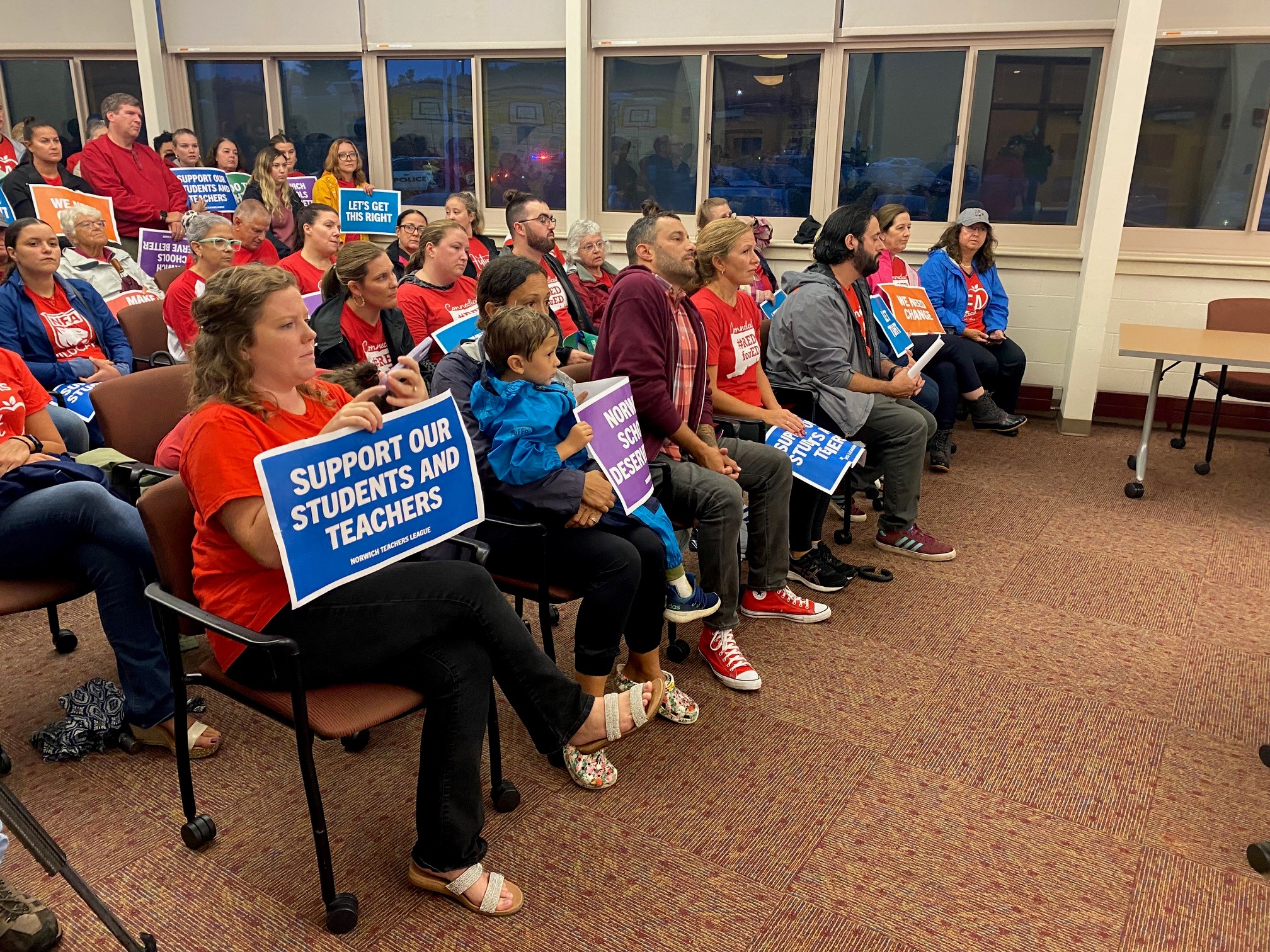Today the state of Connecticut removed six states from its travel advisory because the rate of Covid-19 in those areas has dropped. It also added Puerto Rico to the list. Connecticut also changed the rules on how its quarantine rules work.
“The states are determined on one of two conditions. Either having a case count of greater than 10 per 100,000 over a seven week average so that’s just raw number of cases or a test positivity percentage of 10% or higher. Currently, either of those metrics will get you on the travel advisory list,” Josh Geballe, Gov. Ned Lamont’s Chief Operating Officer, says.
Connecticut teamed up with New York and New Jersey to calculate the information on a weekly basis to determine which states should be on or off the travel advisory. The data doesn’t always align with what’s reported by organizations like Johns Hopkins University, which has been keeping track.
“The reporting from the states is very inconsistent, so the time of the day and whether people report on the weekends or not. So often the Johns Hopkins site and all of the dozens of other websites out there can be slightly out of sync, but generally it’s pretty consistent,” Geballe said.
The state also changed its quarantine conditions.
“Still the preferred option is to self-quarantine for 14 days but if you get a test, a test result negative for Covid-19, anytime from 72 hours prior to travel anytime through when you’ve arrived in Connecticut, you have to quarantine at least until you get that negative test result, but once you get that negative test result you can essentially test out of that quarantine requirement,” Geballe says.
Local
A total of 37 people have been fined $1,000 for not complying with Connecticut’s travel advisory, which went into place in June.
According to Dr. Richard Martinello, an associate professor of internal medicine, pediatrics, and infectious diseases at Yale School of Medicine, the reason behind the 14-day quarantine is because it takes a person 14 days to show symptoms if they were exposed.
“Usually we do see that people get sick within about the first week after their exposure but there are about 30 to 40 percent of people who may not get sick until after that first week and may take as long as 14 days,” Geballe says.
Last month the CDC got rid of the quarantine guidance for travelers, but Connecticut was one of seven states to keep one in place.



